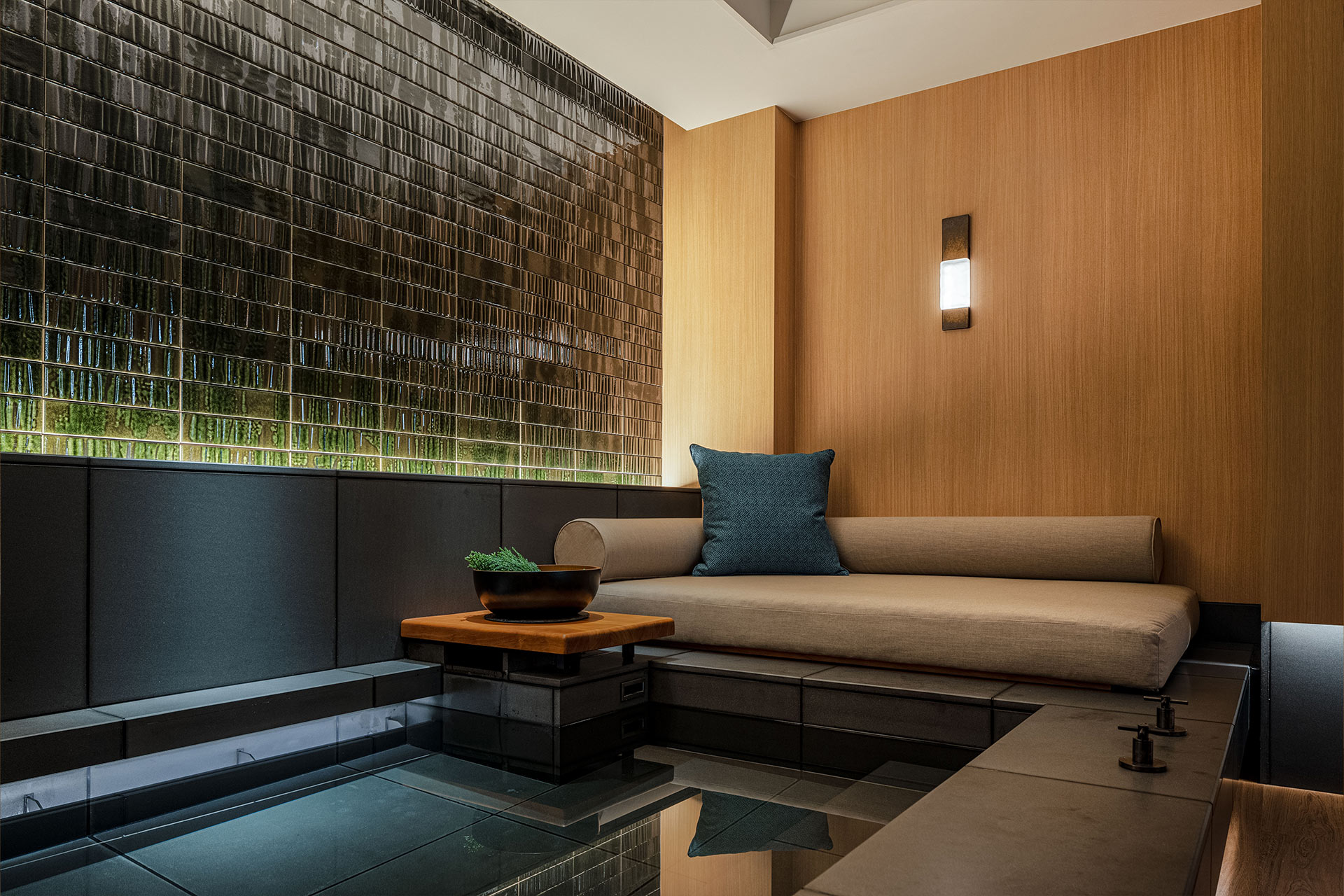A Tale of Two Resorts in One City: How every BLINK project (almost) starts with a blank piece of paper
In his latest design-related article, BLINK founder and creative partner Clint Nagata shares his take on the perils of having a house style in hospitality design and why you’ll only ever see papier-mâché fox masks in one Japanese hotel.

Having a house style as an interior and architectural practice is a good thing, right? Being known for a particular aesthetic or finished product, in theory, should elevate a firm’s work over that of its competitors, at least for that certain style. But, in my opinion, it’s also a precarious, if not a dangerous, position in which to find oneself.
What if the style in which you’re celebrated suddenly falls out of favour? What if your partner organisations – for example, the master planners and the build architects – want something different? And what if your clients are lured away by the next new trend?
That said, being a generalist suggests you don’t stand for anything. Generalists are people-pleasers in disguise. They respond to a brief in an unchallenging, non-forensic manner. They avoid the difficult questions and deliver to the lowest common denominator. Such work is the enemy of progress. As Henry Ford said, “If I had asked people what they wanted, they would have said faster horses.” That said, his forward-thinking approach to progress didn’t exactly extend to his colour palette.
“At BLINK, we like to think we have a house style, but it’s one based on our approach and philosophy rather than a fixed sense of aesthetics.”
At BLINK, we like to think we have a house style, but it’s one based on our approach and philosophy rather than a fixed sense of aesthetics. Take our two recent projects in Kyoto, Japan. The first, the ROKU Kyoto, marked LXR Hotels & Resorts’ first opening in Asia. This newly-built resort located to the north of the city represents a more relaxed and understated degree of luxury – evidently high-end, but more wellness-inspired and arts-focused. Conde Nast Traveller described the ROKU as “a place to stop, slow down and recharge”.
Our second project in the city, the Six Senses Kyoto – the luxury hospitality group’s first Japanese outpost – is a more urban, quirky and playful offering. Vogue generously referred to our work at the city-centre hotel as “a refined yet delightfully whimsical mix of temple-like simplicity and contemporary design.”
Although geographically close, the two projects couldn’t have been further apart in terms of our approach. For the ROKU, which opened in 2022, history, tradition and understated luxury factored throughout our designs. Each space is inspired by calming traditional Japanese elements with the aim of connecting people, culture and nature in a most memorable and creative way. Among the many local craftspeople and artisans we engaged in realising the unique details were Karakami woodblock printers and an umbrella maker who produced the feature lighting for the chef station.
“These spirited ideas and features are true one-offs and would never turn up again in any other hotel.”
For the Six Senses Kyoto, which opened in early 2024, we immersed ourselves in ancient folktales, including the one-thousand-year-old Tale of Genji, which many scholars regard as the first book ever written by a woman. We incorporated elements from the story in both overt and abstract forms. These included employing a renowned local artist to hand-paint scenes of nearby Mount Kurama, the setting of the tale, onto over 500 raku tiles (a task that took two years). The completed ceramics now make up the screens that frame the check-in desks. We also commissioned beautiful Kitsune fox masks fashioned from recycled washi paper to adorn the corridors. Guests can illuminate the fox’s whiskers or eyes at the flick of a button to reflect their occupancy. These spirited ideas and features are true one-offs and would never turn up again in any other hotel – at least not one that we’re involved in.
“The BLINK approach and philosophy ensures that all our projects are treated differently, if not completely anew.”

One element that unifies the two resorts, though, is that they’ve both quickly gained recognition for their outstanding spa facilities, although, once again, they differ wildly. We based the two-level spa at the ROKU on age-old traditional treatments and created the city’s only natural hot spring onsen pool. For the Six Senses spa, we designed environments for state-of-the-art practices such as biohacking and Watsu water therapy alongside the more established services.
The BLINK approach and philosophy ensures that all our projects are treated differently, if not completely anew. However, with each project, we further broaden our knowledge, our experience and our collective of collaborators.
It’s perhaps not quite as simple as each new project starting with a blank piece of paper. Years of experience and research across our entire team will always feed into our latest designs, but we never apply the bottom-drawer approach of rehashing old ideas or those that didn’t make the build stage. What would be the point? Times change, tastes change, and one of the biggest thrills of the job is the joy of discovery.




